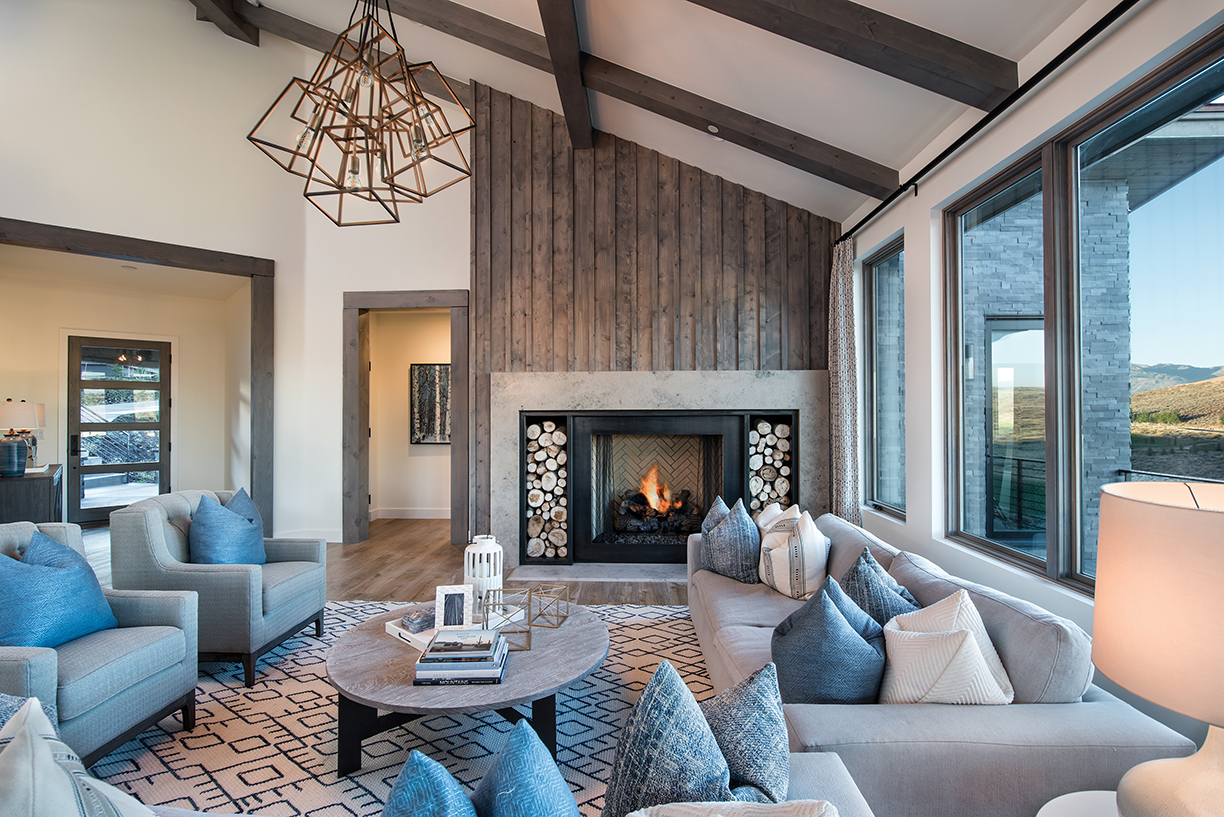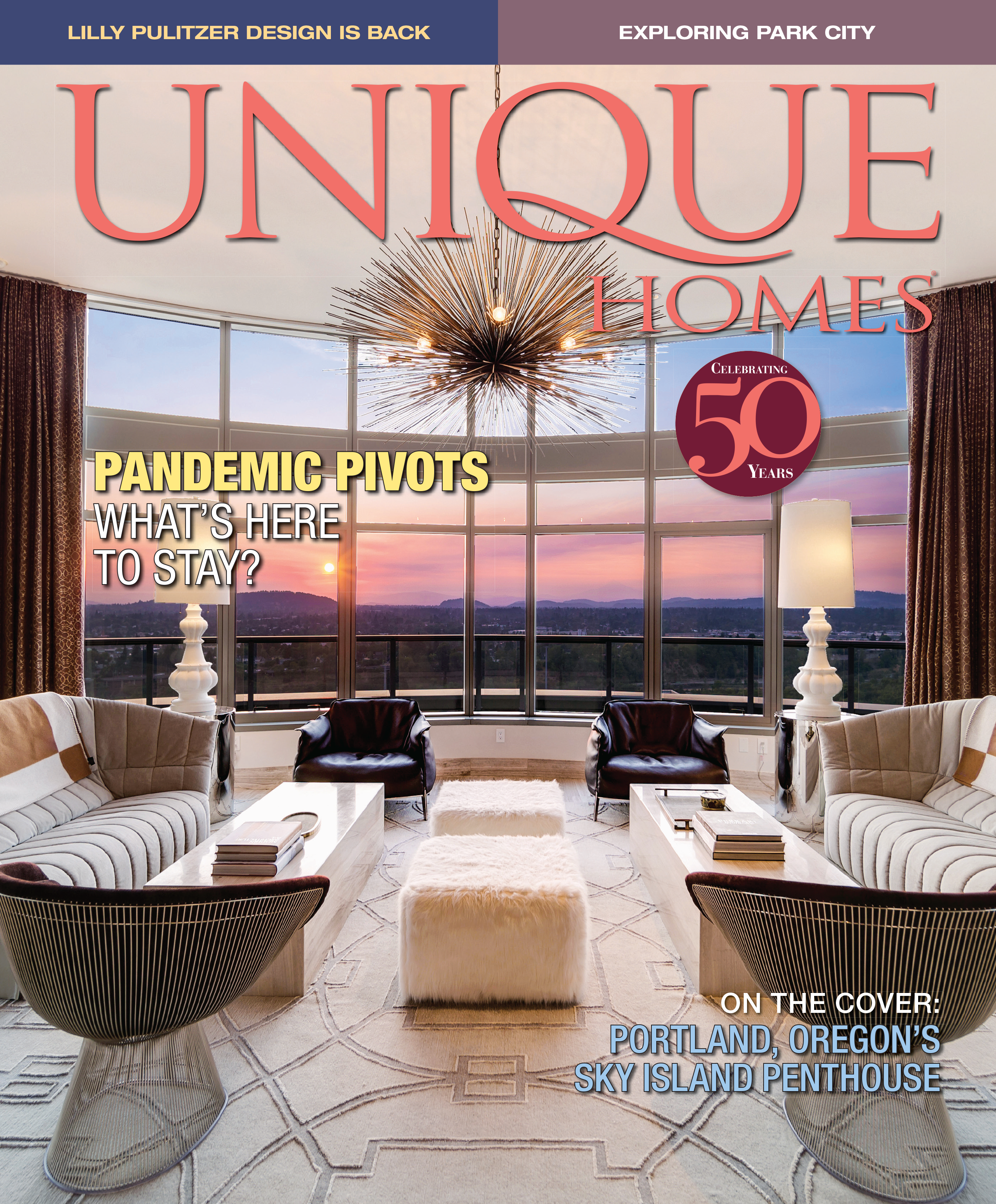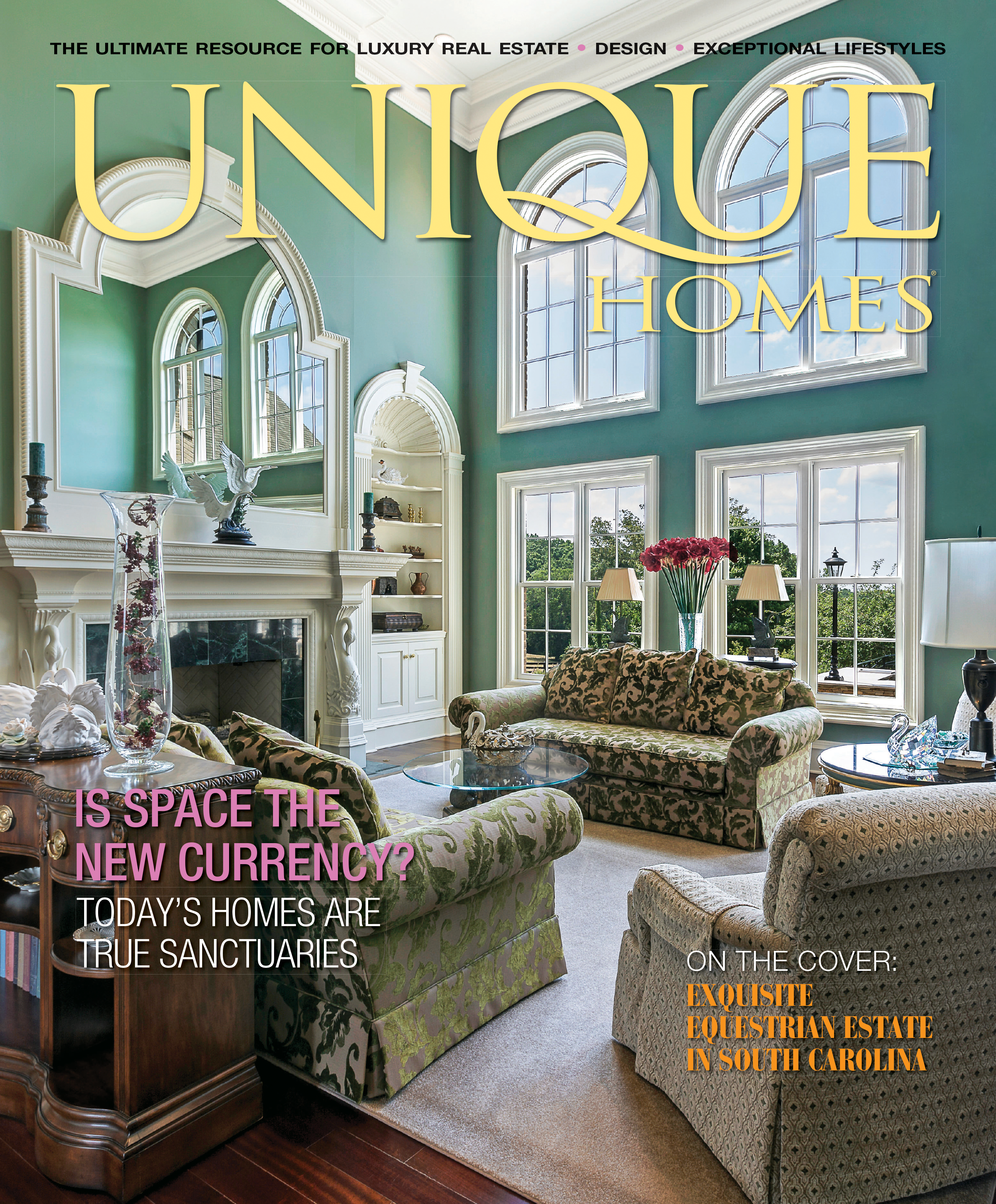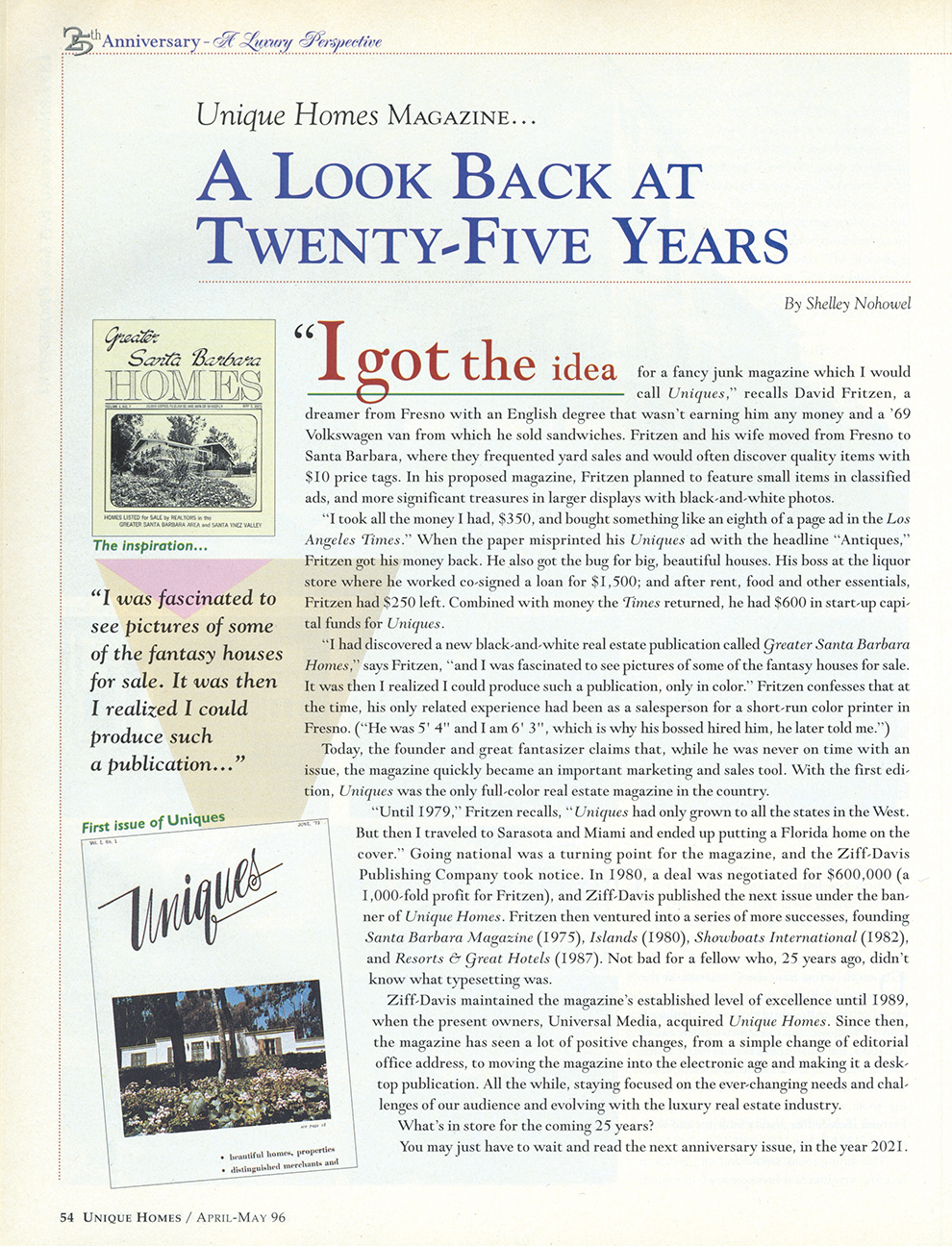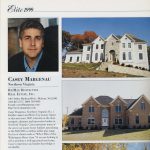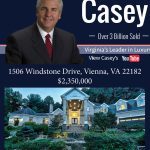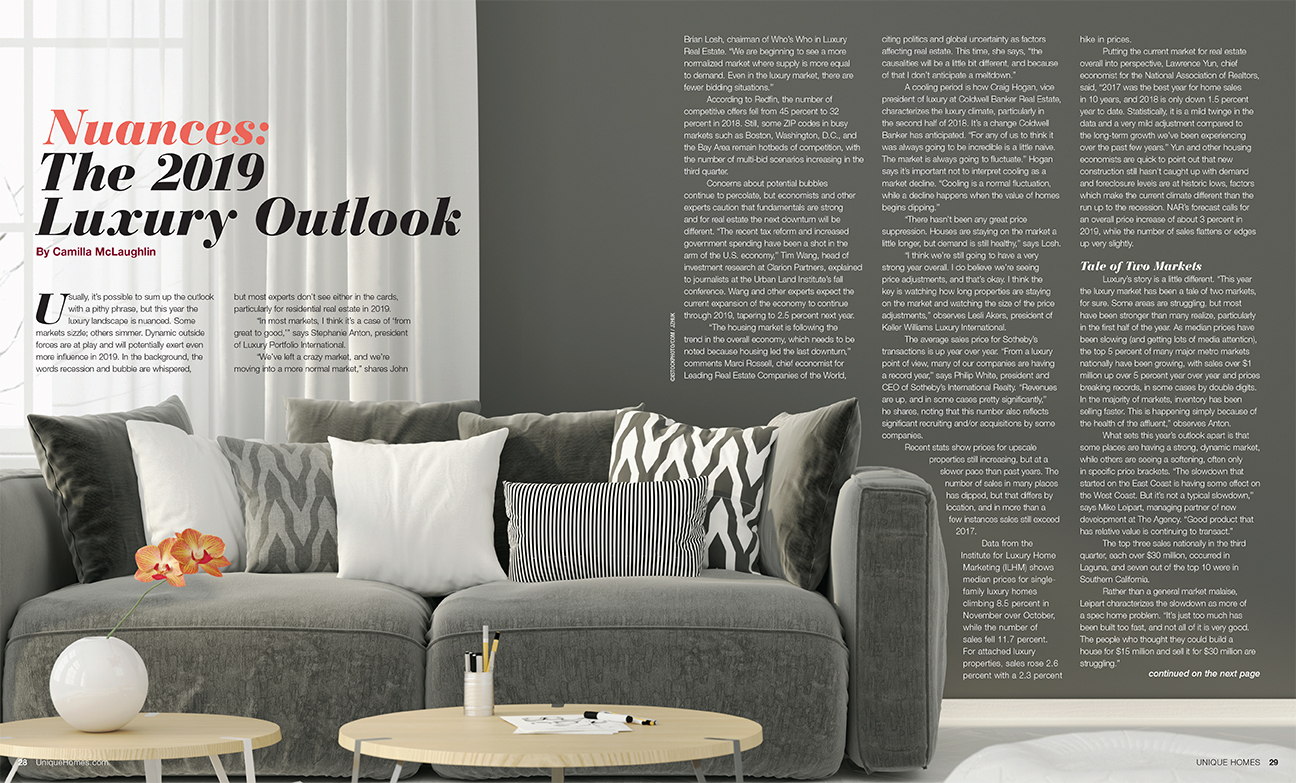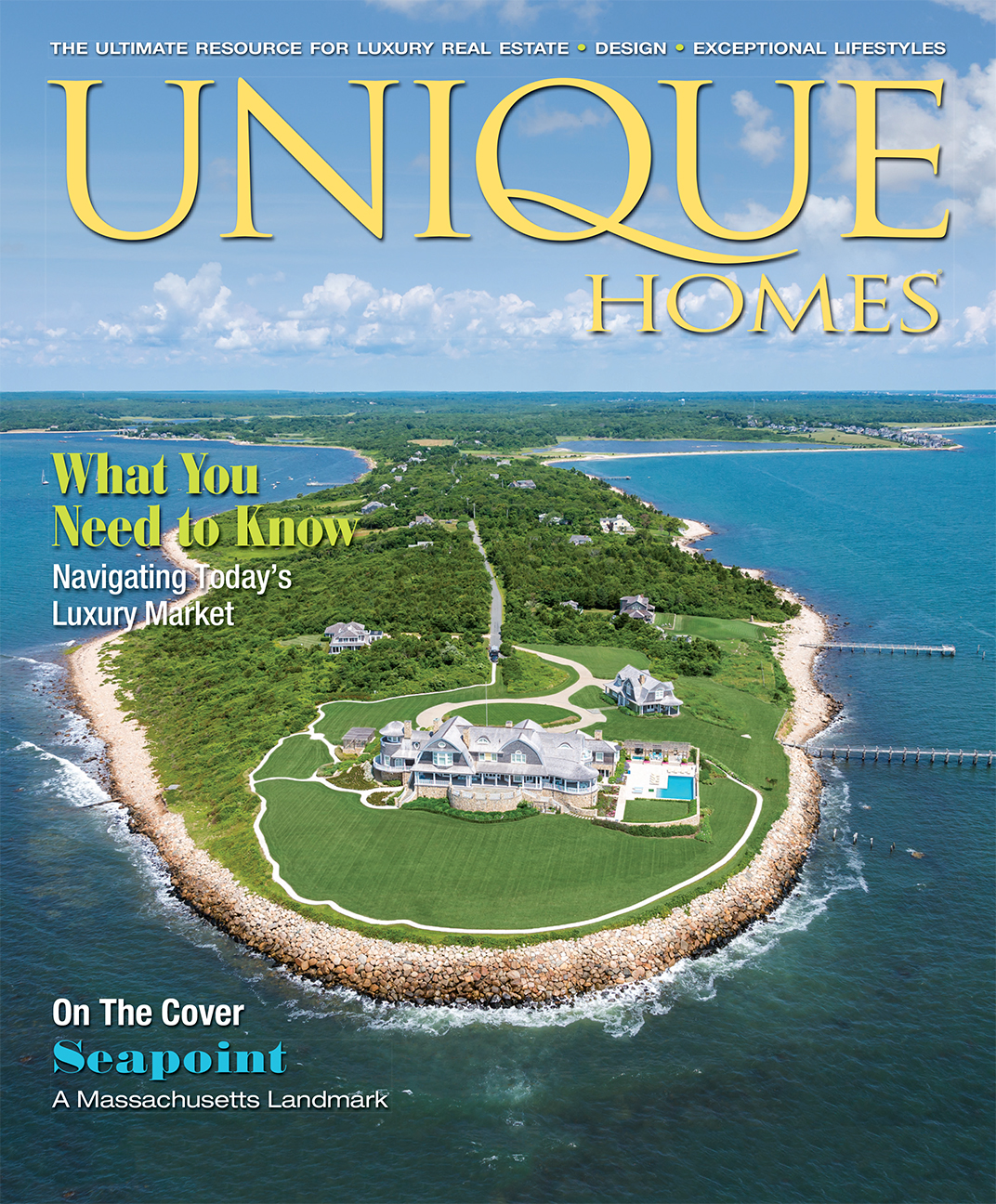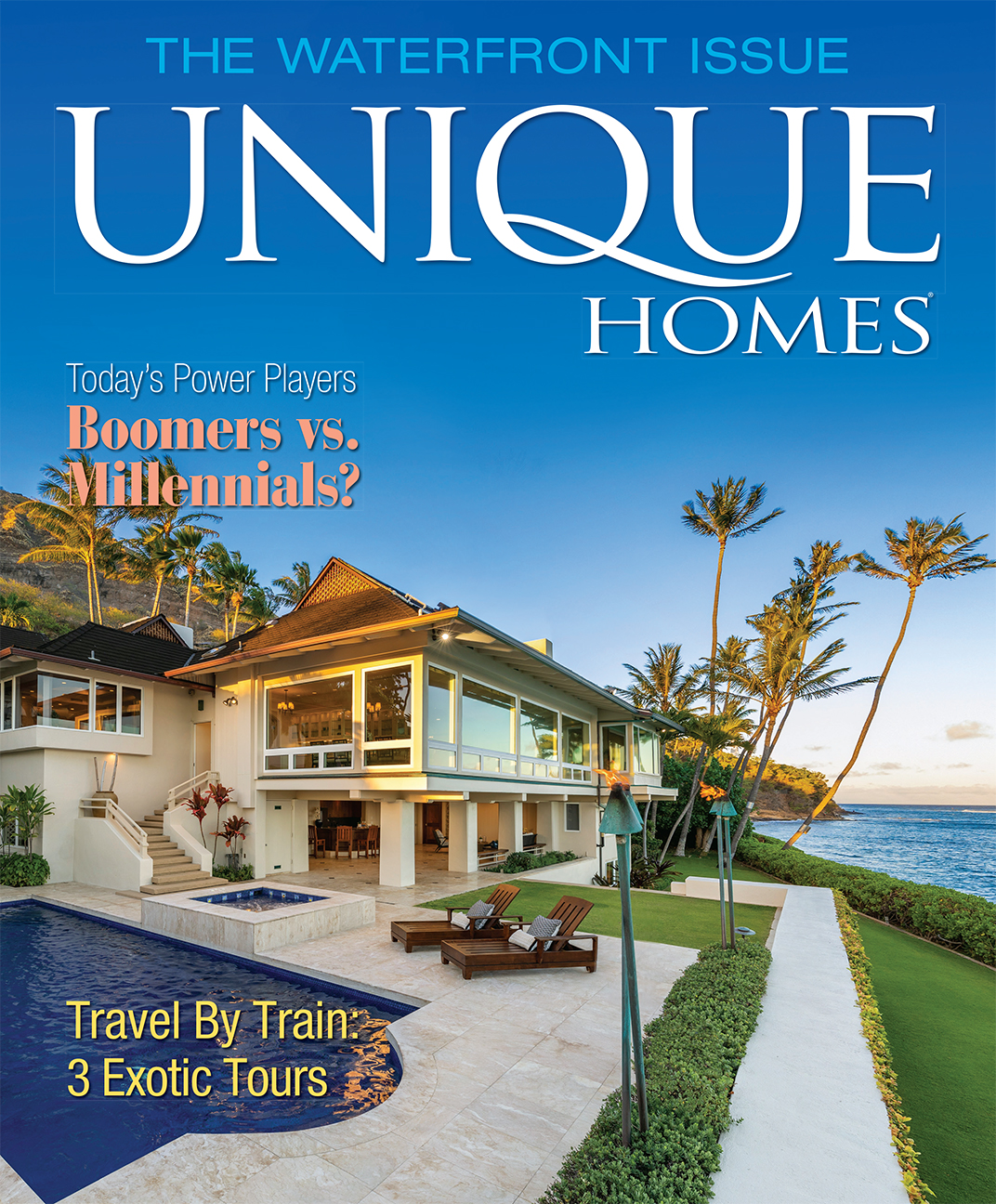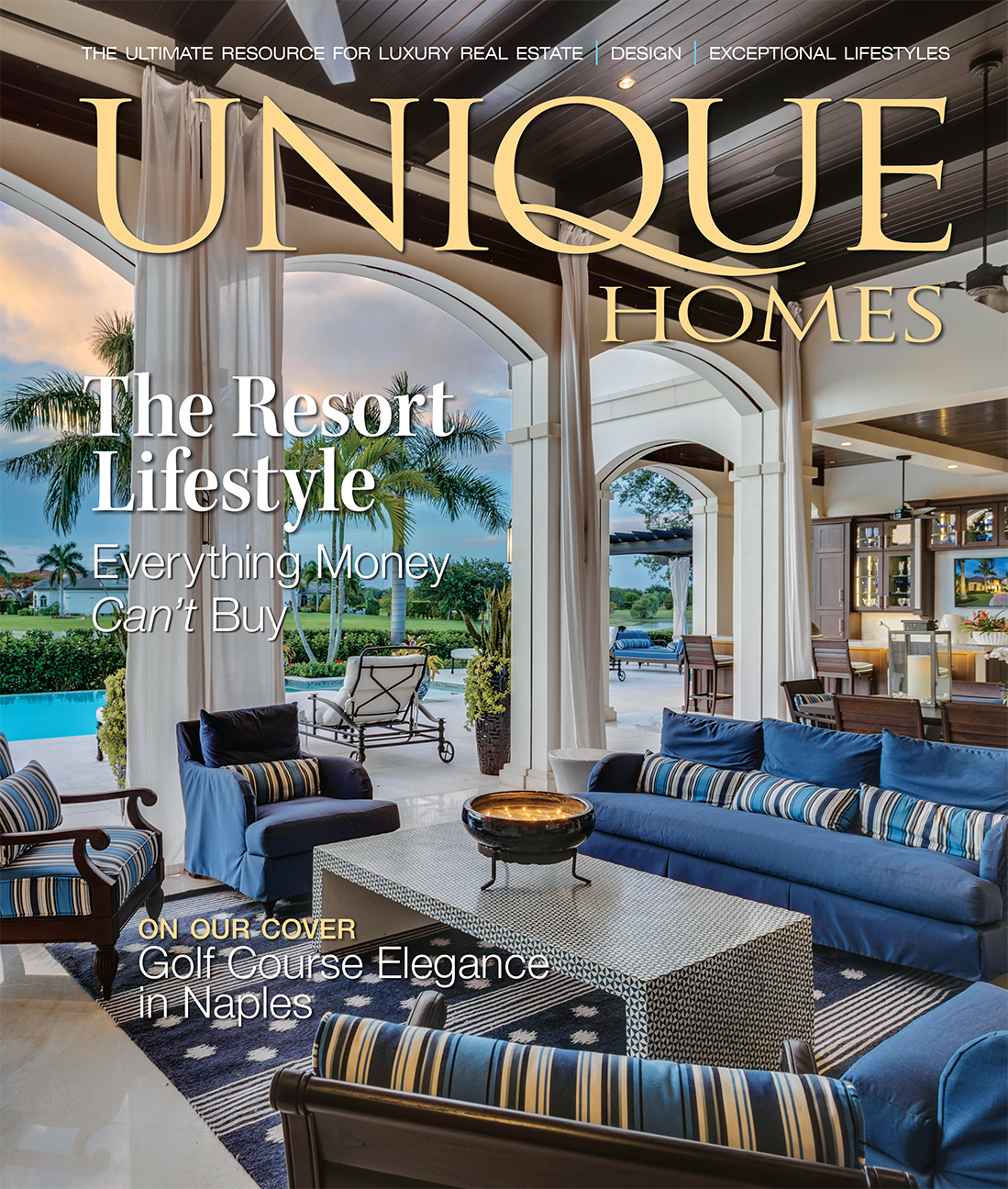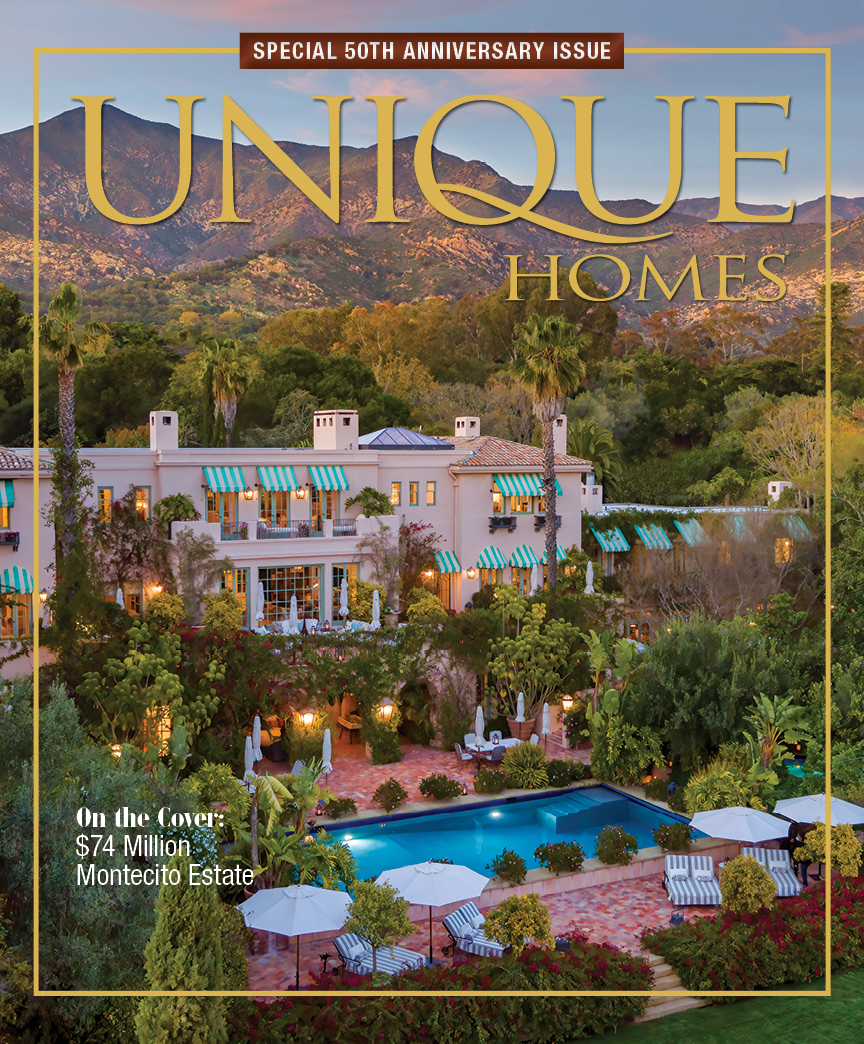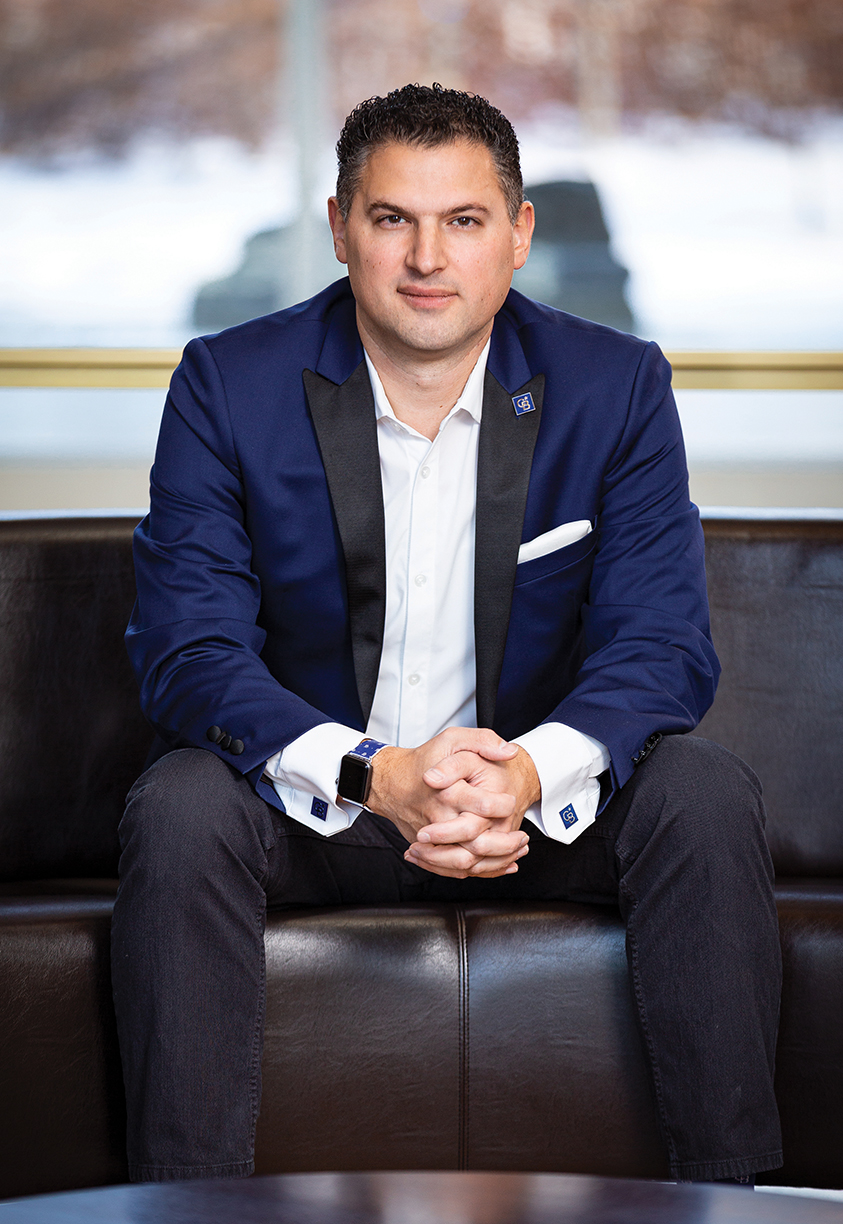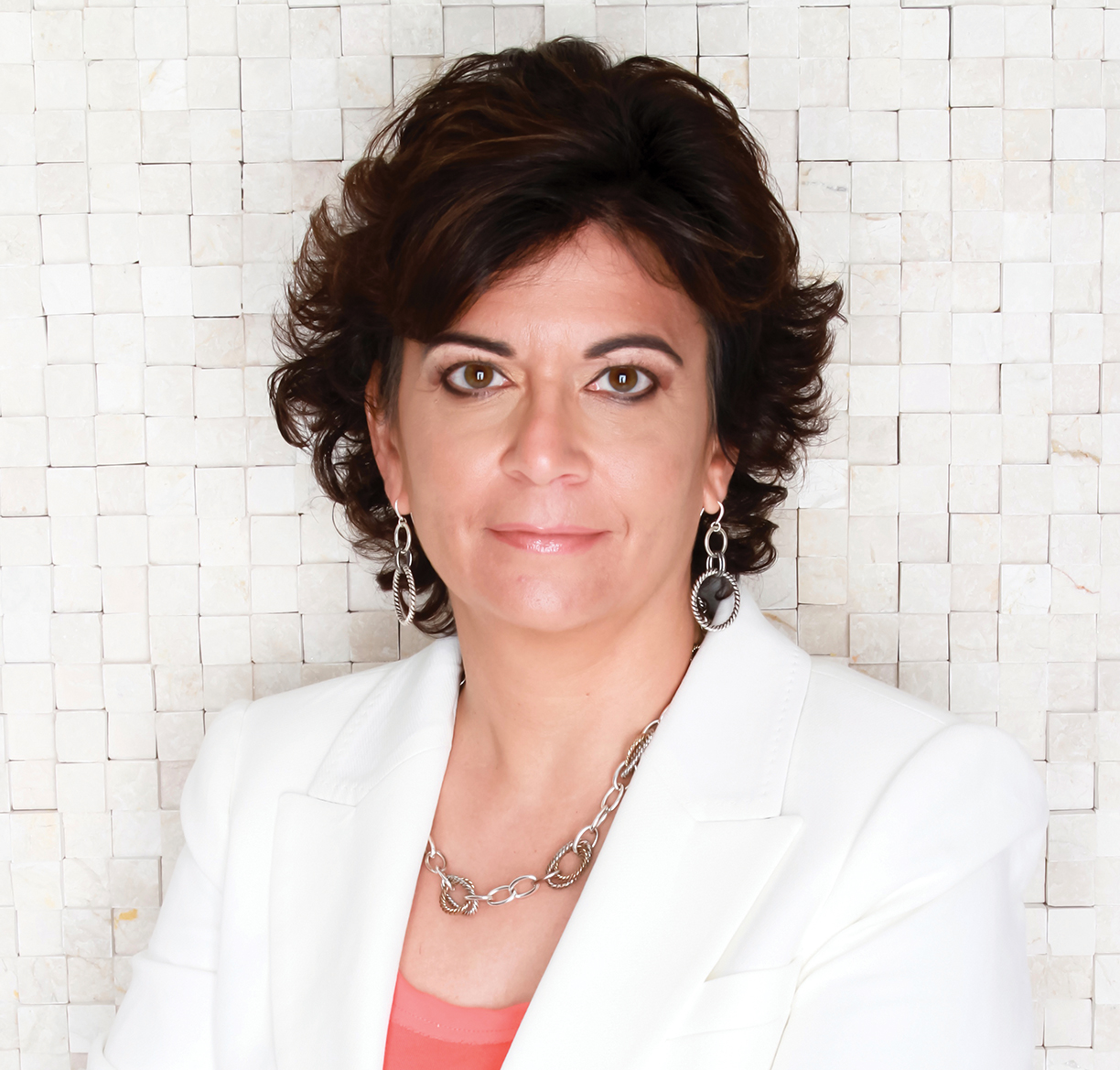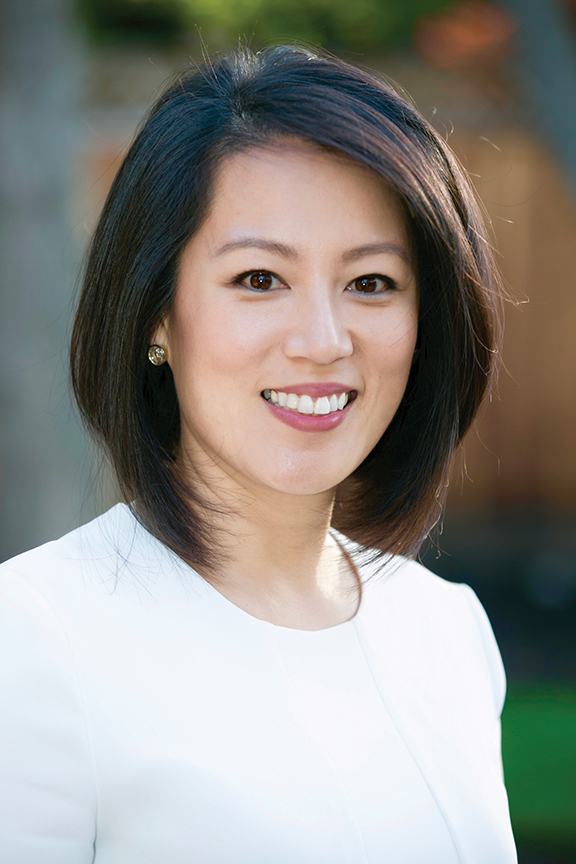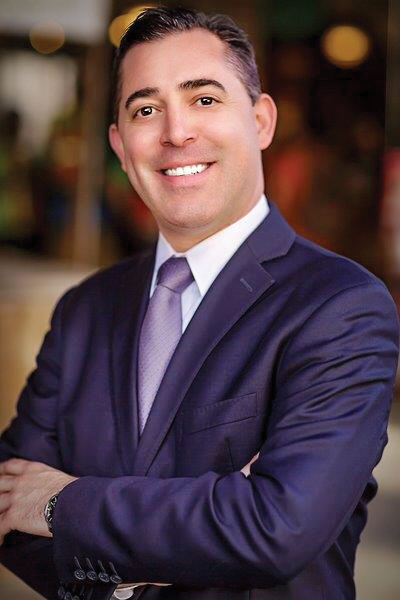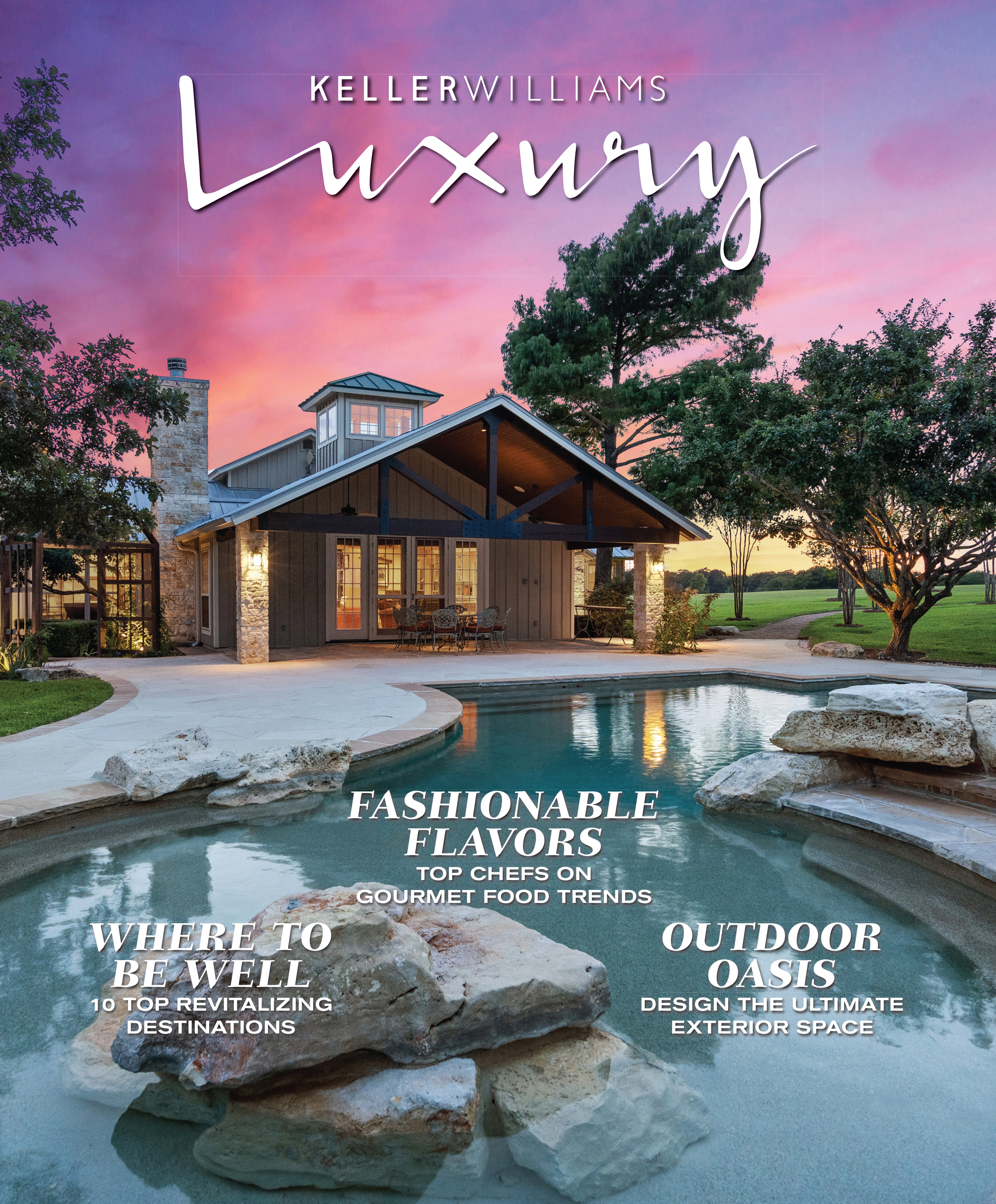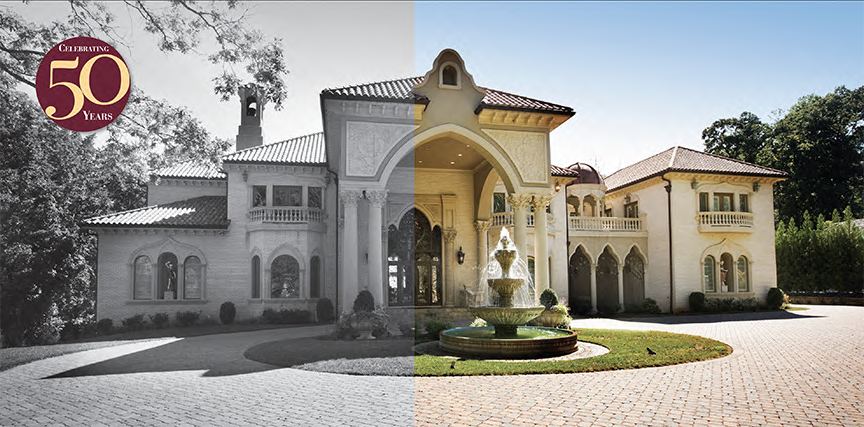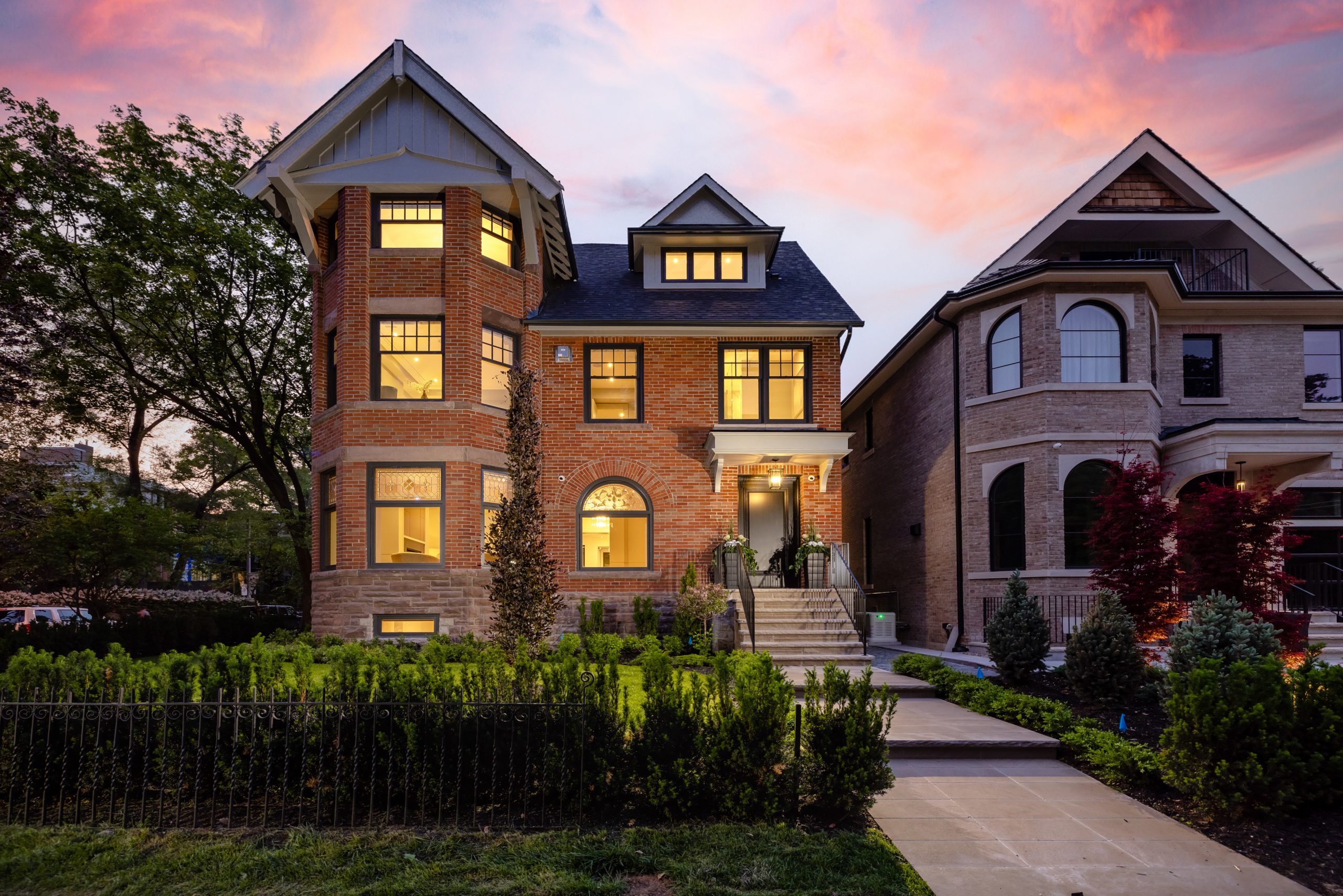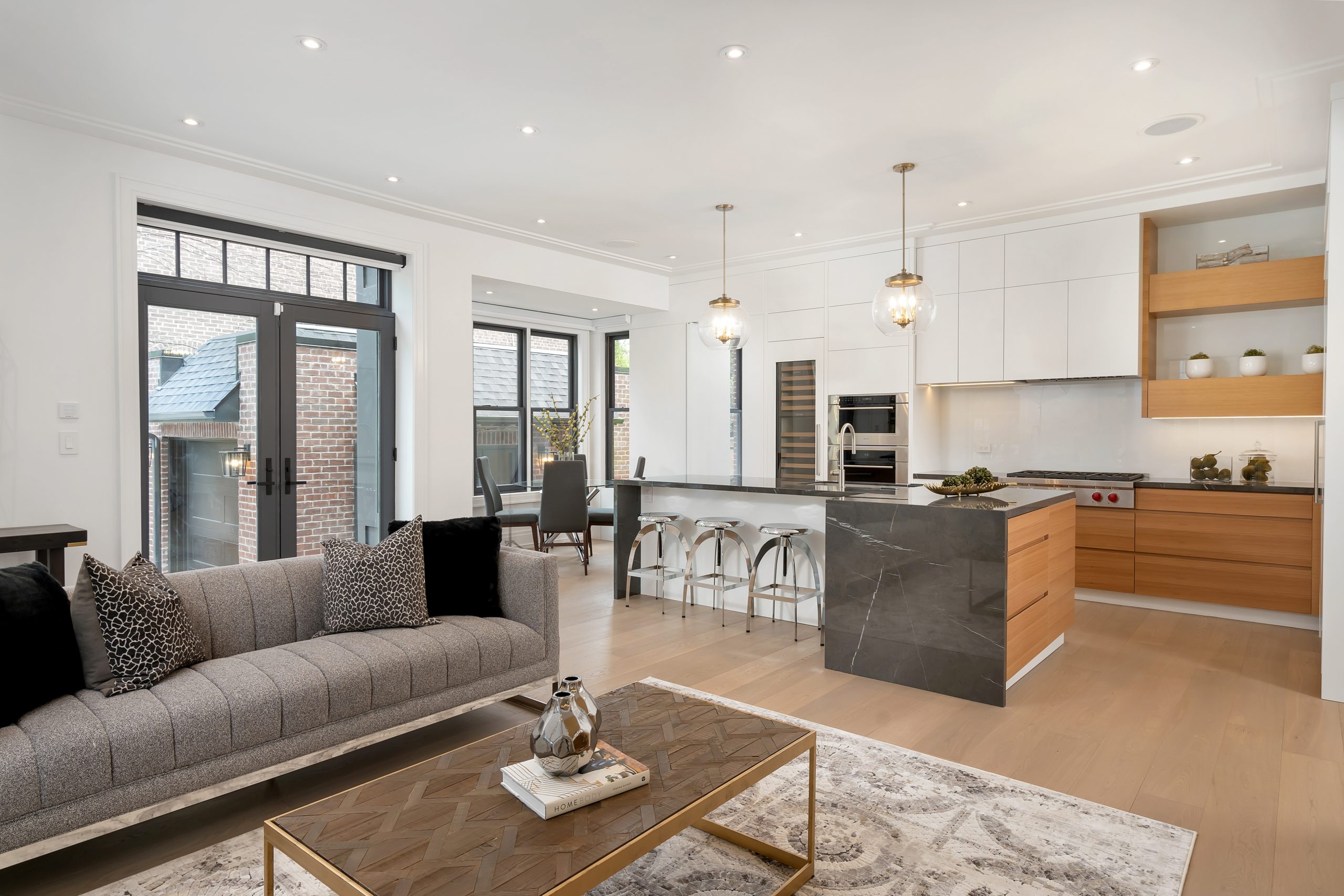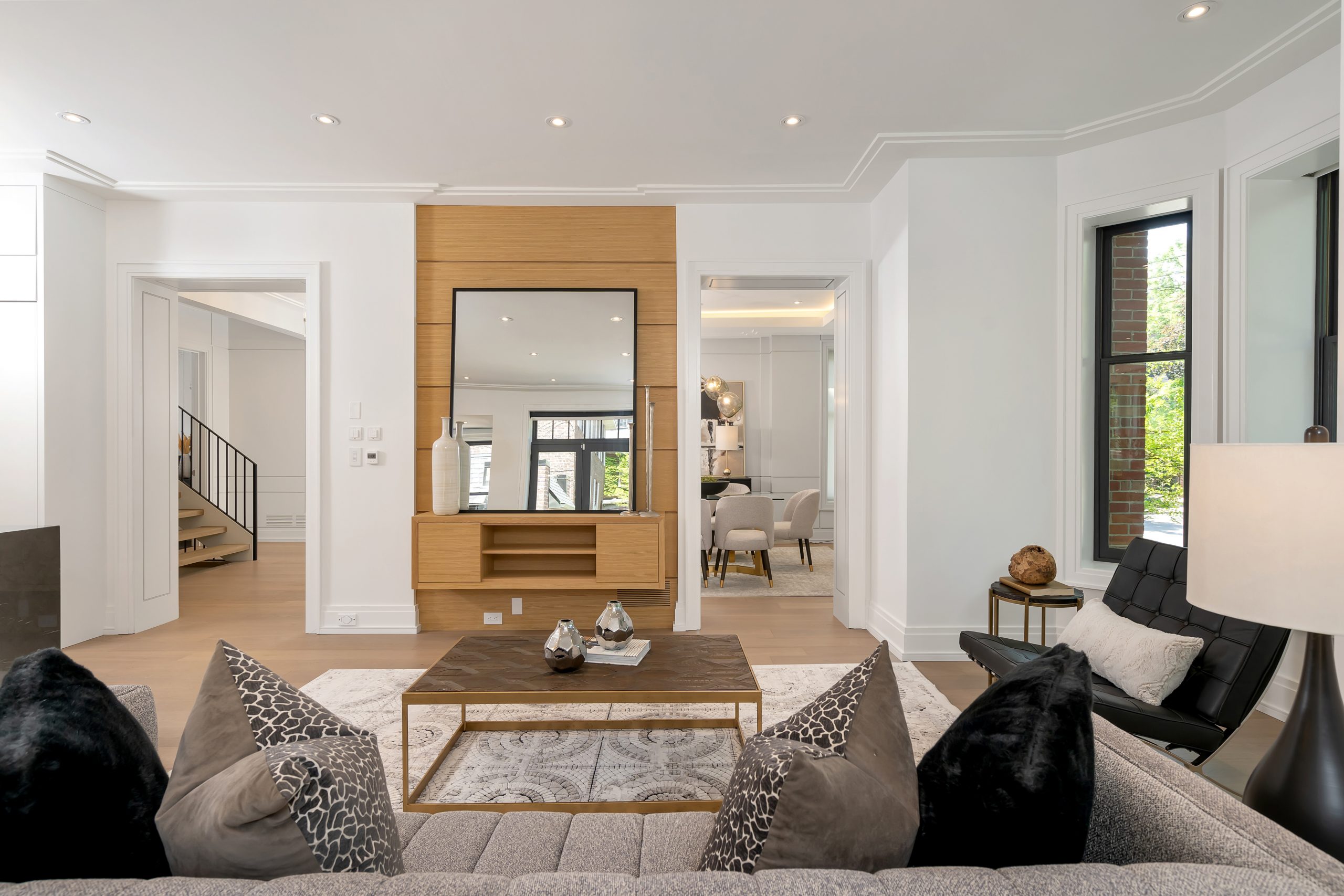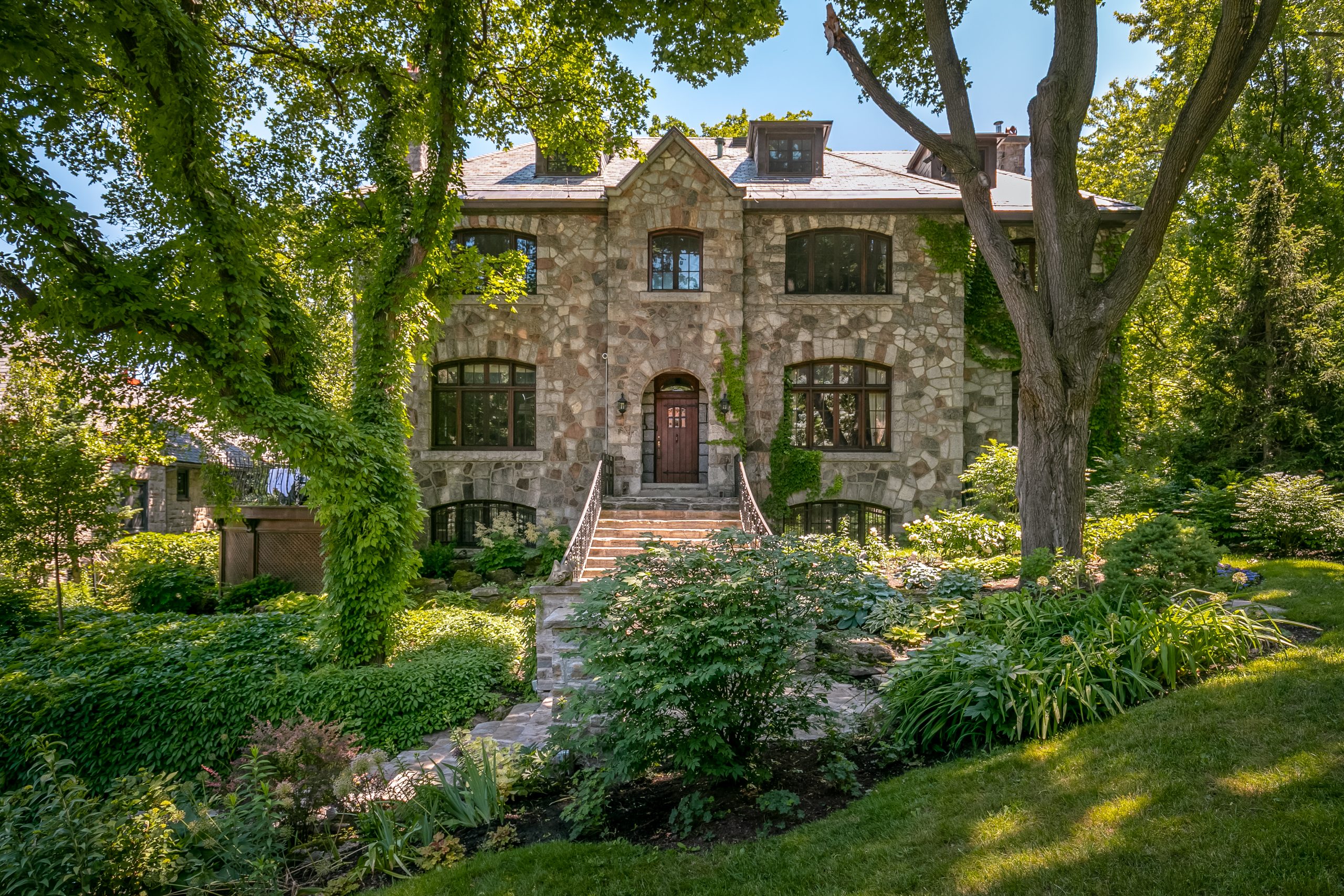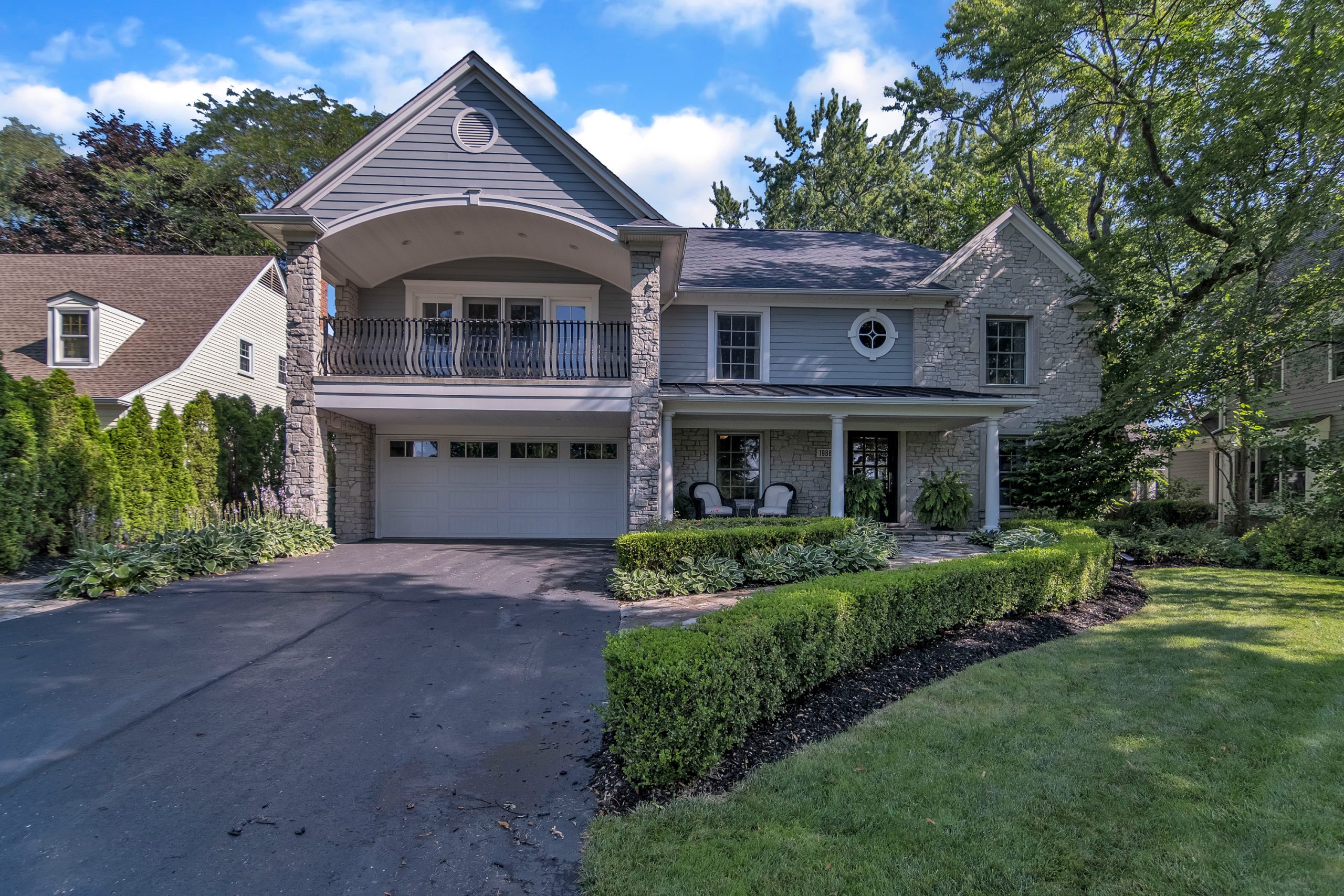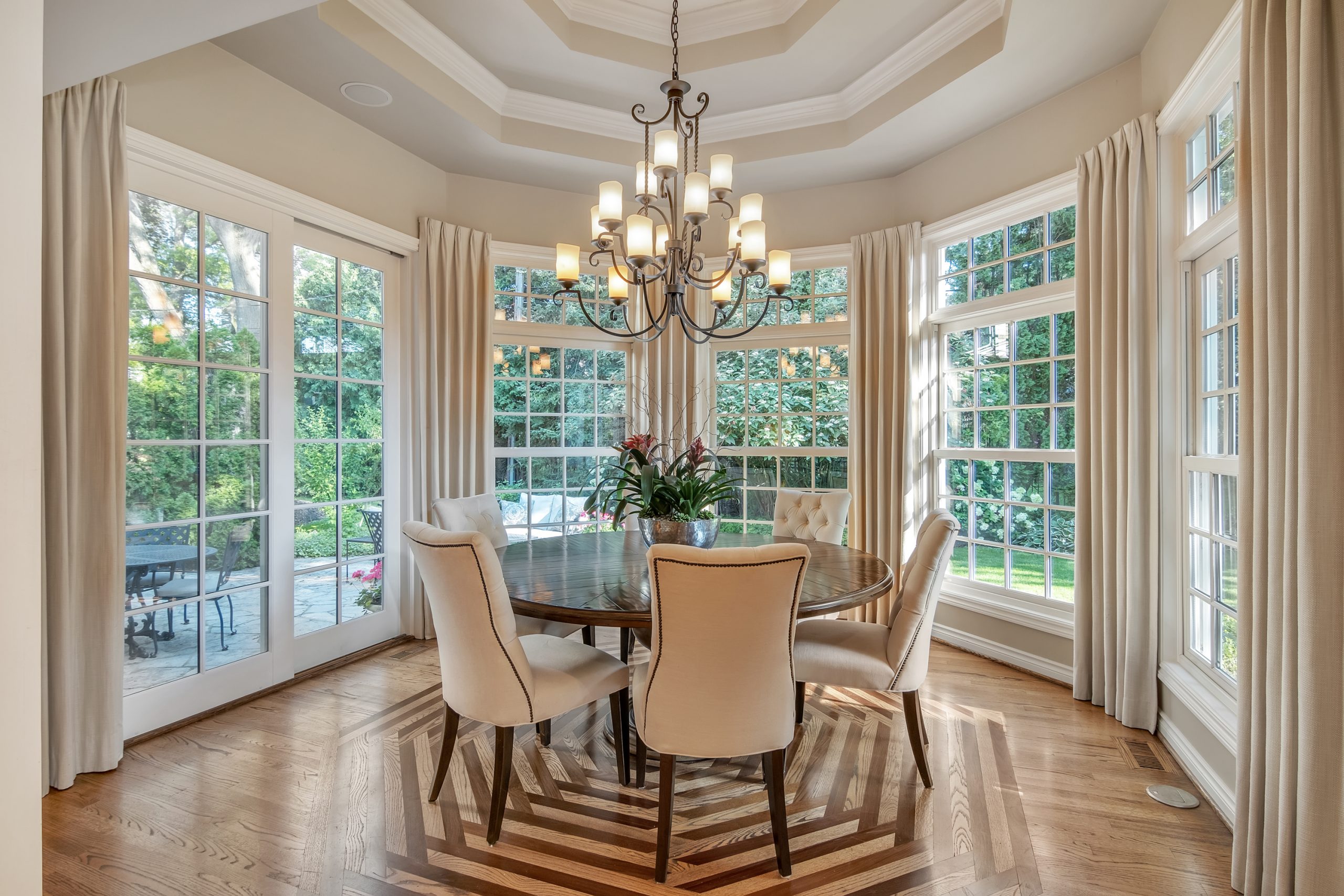Two prominent Keller Williams luxury agents, one on each coast, share their secrets to success and views on the industry.
By Roger Grody
With reality shows like Million Dollar Listing and Selling Sunset, one would think there are no secrets remaining in the real estate business. But
America’s top-producing agents understand that building successful practices requires tremendous commitment, especially when there are no cameras rolling. Two Keller Williams luxury agents provide their insights.
East Coast Success Story
The primary territory of Keller Williams luxury agent Seth Levin — his sales team ranks among the top one percent of agents nationwide — is the uber-competitive island of Manhattan. After more than a decade with another company, the LevinKong Team joined Keller Williams five years ago, impressed by its culture of collaboration and global reach. Since then, the group has earned Sales Team of the Year honors multiple times.
A former Pinnacle Award winner and member of the International Associate Leadership Council, Levin is a frequent panelist and often-quoted real estate expert. A renowned negotiator, he is an active real estate investor and when not working — which can be rare for agents of this caliber — Levin enjoys architecture, golf and exploring new cultures around the globe.
Building Relationships
Early in his career, Levin entertained frequently with prospective clients, dining out and hitting clubs with Wall Street money managers and entrepreneurs. As a family man, those relationship-building efforts have morphed into fine dining — Levin stays current with the Big Apple’s world-renowned restaurant scene — or golfing in the Hamptons. A lover of fine art, Levin concedes, “You’re more likely to see me at a gallery opening than at a party.”
When mentoring young agents, Levin advises, “Your social life has to be genuine, so you can build natural, organic relationships,” adding, “It’s about establishing relationships with the right people, rather than trying to connect with everybody.” Observing that much of his own success can be traced to a handful of key relationships, the agent states, “Treat every opportunity as if it was the most important in the world, and when clients see
you genuinely care about them, they’ll advocate for you.”
Loving New York
It never hurts for a real estate agent to be emotionally invested in his or her territory, and native New Yorker Levin expresses a passion for his hometown. “I’m proud of what we do to contribute to the city, keeping the torch of New York alive,” says the agent, who suggests the narrative of an exodus from Manhattan is overblown. “The market for trophy properties and funding for ambitious new developments demonstrate the enduring allure of this aspirational city, and my international clients continue to view New York as a primary place to invest,” says Levin.
Follow the Data
“Because I’m very data-driven, I’m not an order taker, but an idea presenter,” says Levin. “There’s an infinite number of micro-markets throughout New York City, based on geography, pricing and lifestyle, and I study them all,” says the agent, constantly converting data into productive client contacts. “I love being an investigator and coming up with ideas to pitch to my clients, which represent a genuine, purposeful reason to call, and they appreciate that,” he says.
Business Begets Business
Levin, who personally hosts the first open house for every property, cites an occasion when he attended one for a modest $400,000 listing despite an event for an $18 million property occurring simultaneously. “Not only did I sell it, but got another listing in the building and met the father of a prospective buyer who gave me an $8 million listing on Central Park West,” recounts Levin. “You have to treat every client like gold — they should all receive the same luxury treatment — and you need to understand their motivations and ambitions,” advises the agent. Levin, whose mantra is “business begets business,” genuinely enjoys coaching and mentoring colleagues, but also recognizes that more than 35 percent of his business is based on referrals from other agents.
West Coast Success Story
On the opposite coast, Caroline Huo specializes in the San Francisco Bay Area’s Mid-Peninsula territory. A loyal clientele depends on the Caroline K. Huo Group in the communities from Burlingame down to Atherton (the priciest market in the nation), as well as the northern Silicon Valley communities of Menlo Park and Palo Alto.
Since joining Keller Williams as an individual agent in 2015, Huo and her team continually rank in RealTrends’ Top Agents in California. A 17-year veteran in the industry, she has earned numerous Keller Williams production awards, serves on her region’s International Associate Leadership Council, supports Keller Williams Realty International’s R2G2 Growth Guide Program, and is a proud recipient of her region’s Eagle Award.
Overcoming Challenges
Noting the business can be challenging for women with children, Huo recalls, “I’d literally be painting a door in preparation for a photo shoot before running out to catch my daughter’s game, then I’d be posting open house signs before getting home to cook dinner.” She explains, “You really have to be Wonder Woman and The Flash, serving your clients and still being there for your family…I missed out on a lot.”
Huo reports many women burn out, leaving the industry just when they are entering the prime of their careers, unsure how to juggle family obligations and demanding clients. She learned, “You must find leverage.” Deeply appreciative of her husband, Huo suggests, “Partners have to be super supportive because our world is so crazy and all-consuming.”
Building a Team
The staffing at the Caroline K. Huo Group is heavily weighted toward service, with two agents supported by six professionals dedicated to operations and marketing. While every position requires a different skillset, Huo insists on specific qualities for all team members. She explains, “They need to be smart and driven, must have a sense of anticipatory service — knowing what clients need before they even ask — and should be fearless. Above all, I insist on integrity.” Huo adds, “We live our MVVBP [Mission Vision Values Beliefs and Perspective].”
Perpetual Audition
Huo believes that an agent’s work is never completed, explaining, “Just because you’ve closed a transaction doesn’t mean you’ve earned the next one…You’re constantly interviewing or auditioning to stay in their world.” Her office maintains long-term relationships with clients, keeping track of milestone events in their lives. “We have a relationship-oriented database, not a transactional database, and we want to be there for all of their real estate needs and beyond,” says Huo.
“As agents, we’re assisting people with some of their biggest financial decisions, helping them to build wealth and realize their dreams,” says Huo, who notes some transactions occur during difficult times, such as following the death of a loved one or divorce. “It’s important to meet people where they are, understand their vision and not only get them to the finish line, but through the finish line.” These principles are transferable to any market, insists Huo, who states, “The concepts of client care and service are universal, and everybody appreciates them.”
Colleagues Matter
“It’s important to apply those same principles when working with fellow real estate agents in the community, even though they may be competitors,” suggests Huo. “We have to work together in the industry to elevate one another, which is why I speak at professional events, even though it’s out of my comfort zone, sharing learnings with peers.”
Huo reports she frequently refers listings for San Francisco properties to local agents better able to navigate a client through that city’s unique market nuances, and thanks to ongoing relationships she is the beneficiary of similar referrals. “By building relationships with other agents, they become more than just colleagues, but friends as well,” says the accomplished professional.
